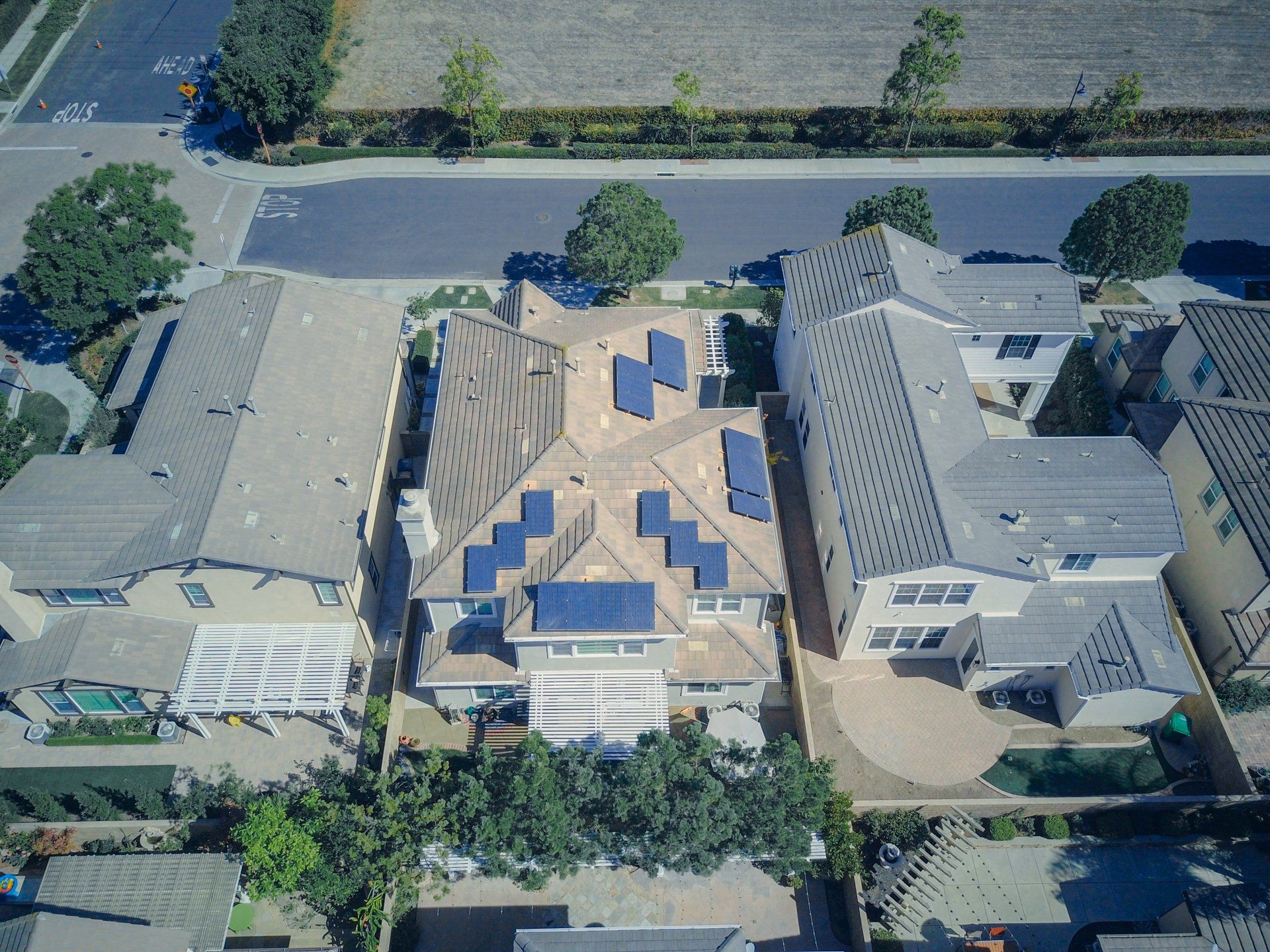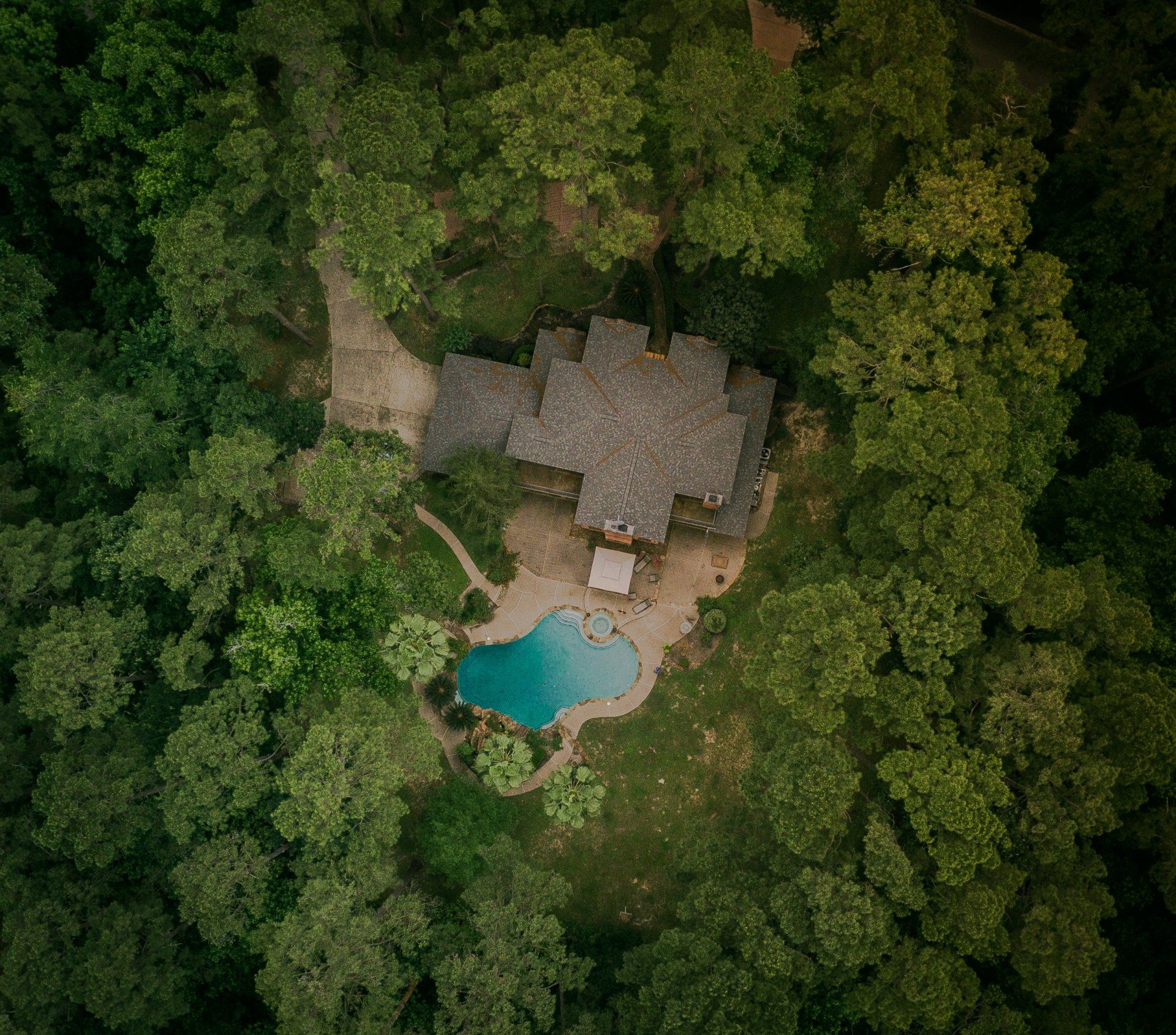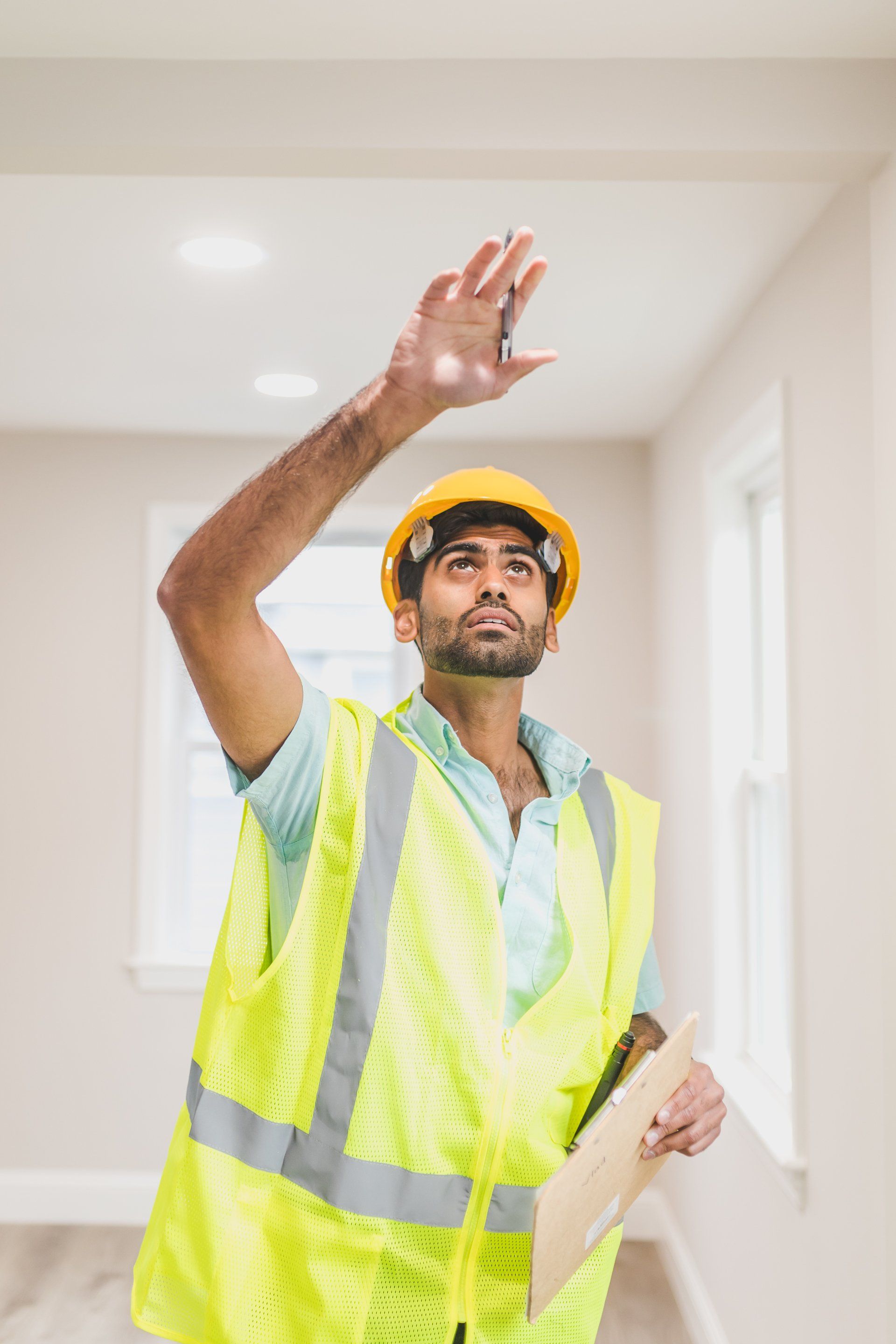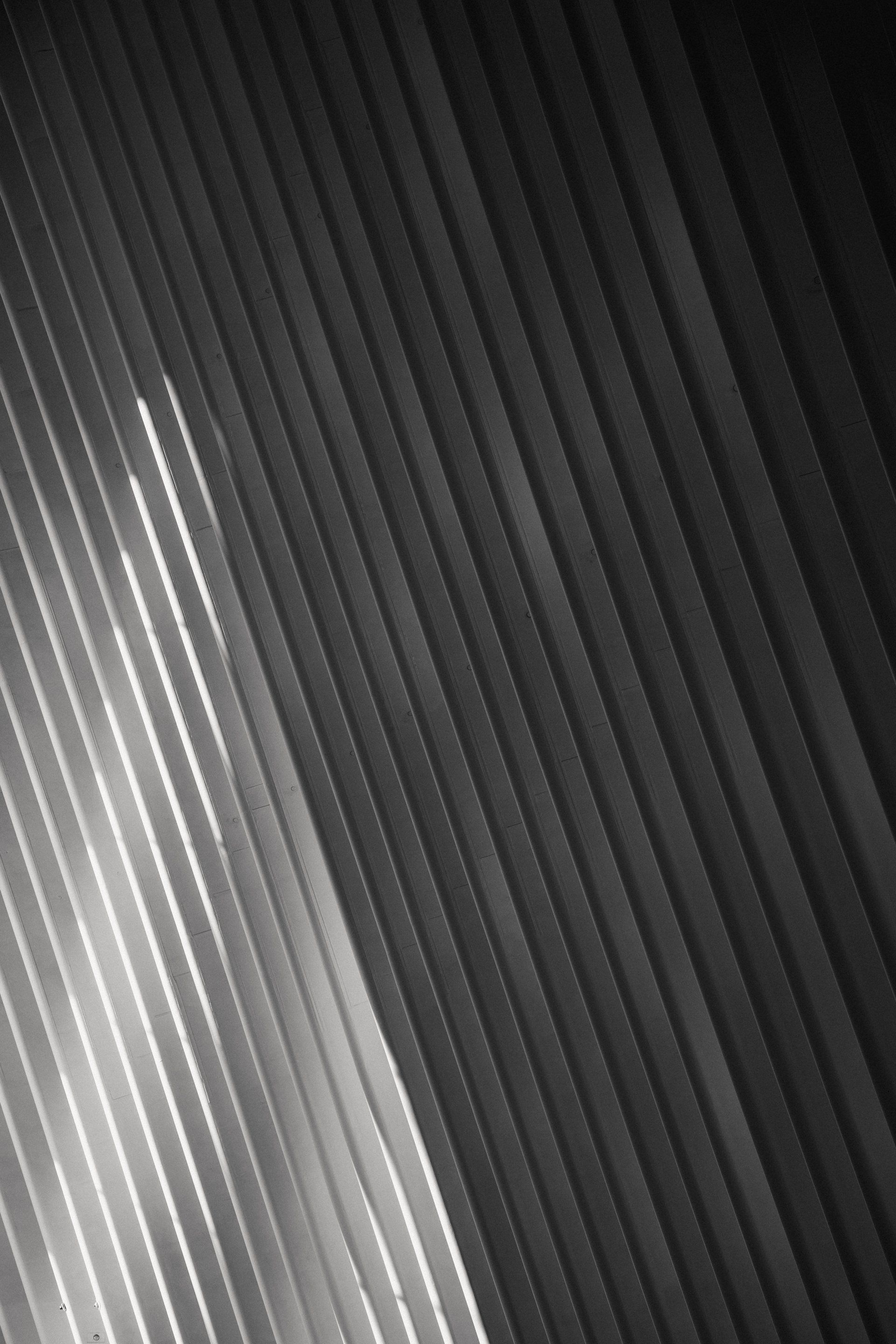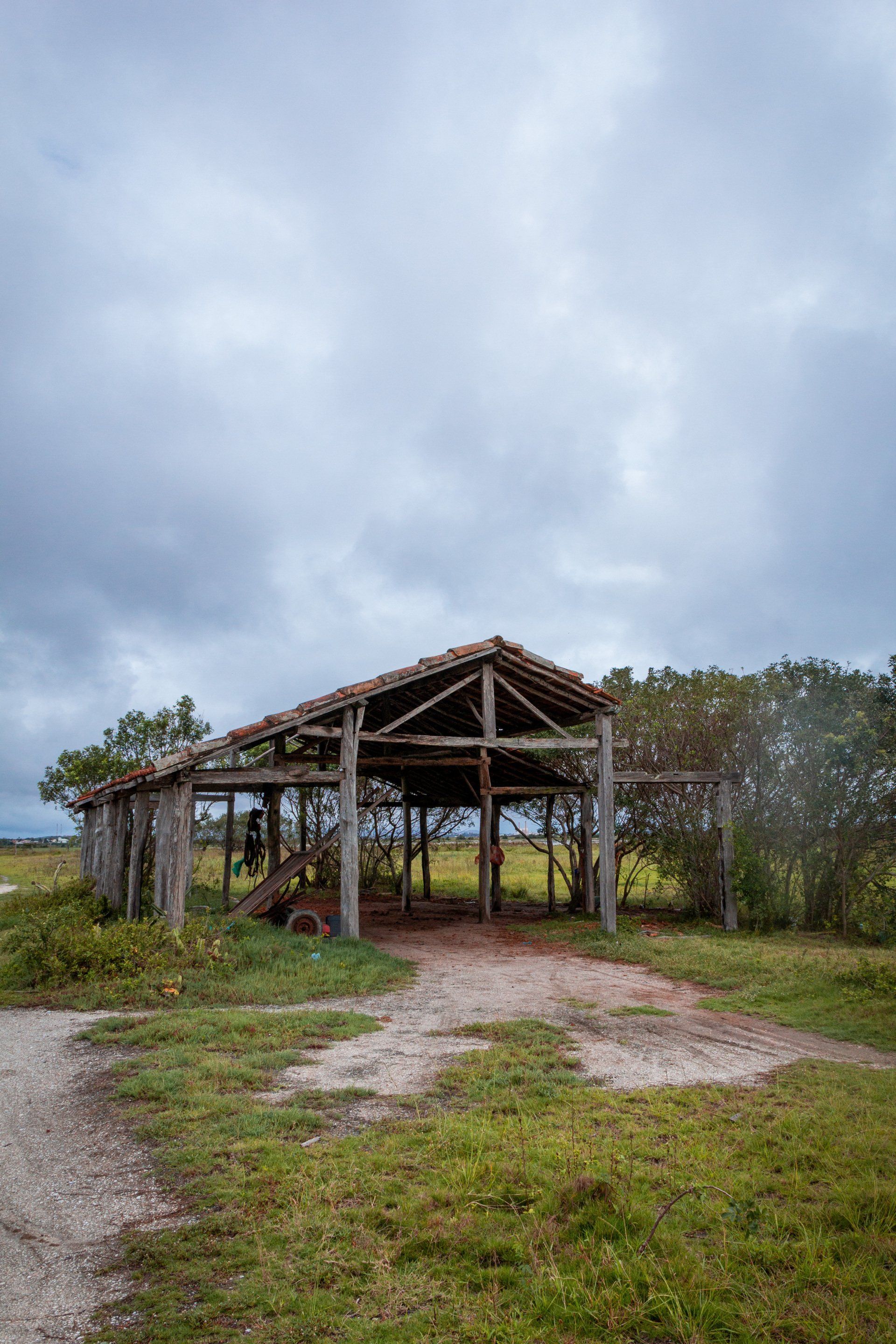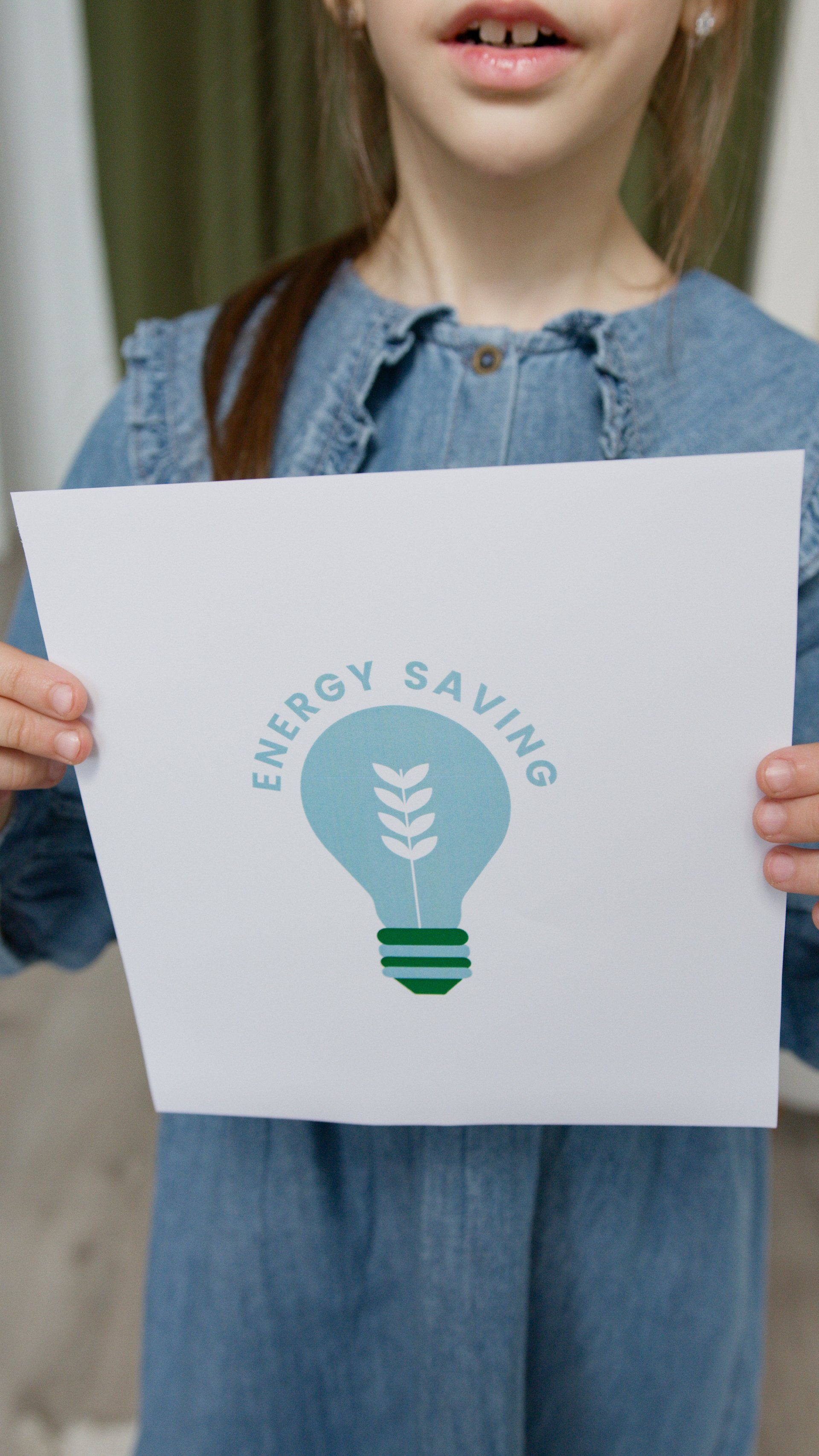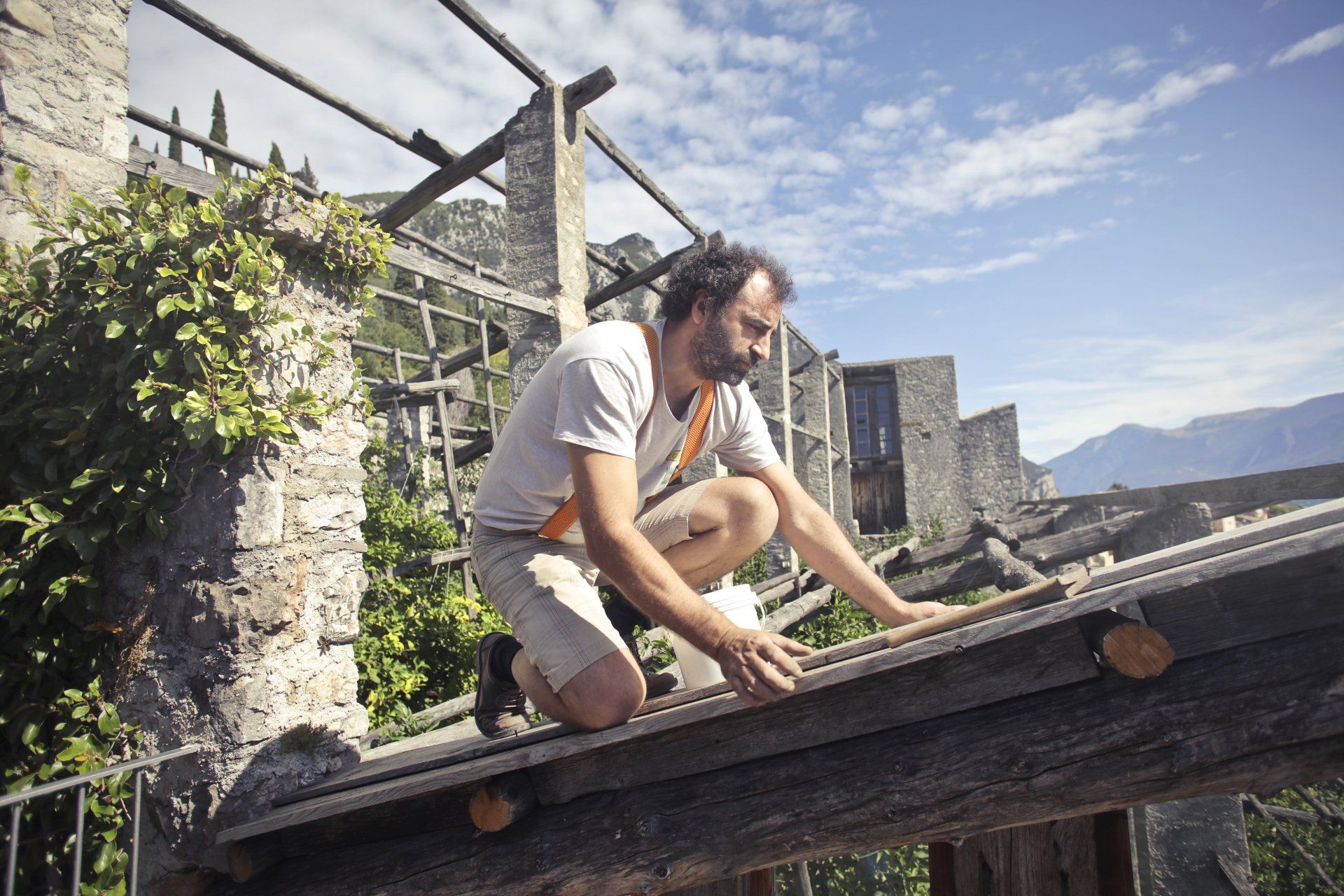Does a flat roof more energy efficient than an angled roof?
Does a flat roof more energy efficient than an angled roof?
Look through an architectural design publication; you'll find flat-roofed structures in the hundreds. Low-sloped or flat roofs can receive acclaim from designers because of their contemporary, trendy look; however, there's another reason why they're becoming more popular. According to some building experts, they're more energy efficient, too.
Flat roofs are often given an undeserved bad rep because of their tendency to leak, at least when they are not maintained. But when it comes down to their thermal efficiency, flat roofs typically surpass old-pitched roofing. Why is this? A lot of flat or low-sloped roofs use new insulation techniques and innovative materials that reduce overall energy consumption for cooling and heating. Read below and know why they make them energy efficient.
Insulation makes a difference in flat roofs.
In accordance with the Department of Natural Resources Building Guide, low-sloped or flat roofs typically show better efficiency in energy use due to the different insulation. In general, flat roofs are constructed with membranes that are laid over a sheet of insulation that is rigid. Pitched roofs, on the contrary, typically use an insulation system called a cavity that uses fiberglass batts or loose insulation packed into blankets of insulation that are put between the ceiling joists.
Since the rigid insulation does not have gaps like those in the cavity systems, it's much more effective. This is what construction professionals call "continuous" insulation. This means that the roof's R-value is the same throughout, which means there's no break in the coverage.
Flat surfaces are better candidates for cool roofs, but their benefit is controversial.
The early pioneers of efficiency were attracted by the idea of "cool roofs": reflective or lighter-colored roofs designed to channel heat away from the interior of buildings by reflecting the heat back into the air. They believed that this would prevent roofs from absorbing and then transferring the heat into the building, which could save on the cooling requirements of a home. The first benefits of cool roofs were huge. In studies, people saved tons of energy that they could typically use to cool the hot interiors. Homeowners with low-sloped or flat roofs benefitted the most.
Because flat roofs are typically constructed as membranes that are covered with a protective coating, they could be easily transformed into cool roofing. While their protective coating is typically used to protect the roof's surface, all the manufacturers needed to do was apply reflective materials, and then they'd have cool roof coating. This kind of retrofit would be much more difficult on a standard pitch roof because roofing coatings are known to break and chip when applied to roofing materials that are traditional such as asphalt shingles.
However, there is evidence that suggests that a cool roof might not be the energy-saving wonder that the builders had hoped for. A study conducted by Stanford, for instance, found that cool roofs raise the urban heat-island index. Their model of predictive models revealed that excessive white or reflective surfaces accelerate the climate change process by decreasing cloud cover, thereby causing drought conditions.
While flat roofs might be better suited to cooling your roof, the total impact on the earth is likely to be worth the cost. Yet, adobe flat roofing was used for centuries by Native Americans in the southwest for hundreds of years, which indicates their capacity to take a bit of sunlight.
Flat roofing materials are extremely efficient if you select carefully.
Because flat surfaces have to be covered by an edging membrane and are therefore more suited to different roofing materials over pitched roofs, some of these materials are excellent in thermal insulation. For instance, roofing made of rubber, which is often referred to by roofing experts by the name of Ethylene Propylene Diene Moner, or EPDM.
EPDM is extraordinarily energy efficient. In research, Oak Ridge National Laboratory discovered that ballasted EPDM roofs offer similar savings in energy usage to reflective cool roofs, which means that they could reduce the roof's surface temperatures by between 30 and 40 percent. This lower temperature can limit heat transfer, which makes EPDM-surfaced roofs an ideal choice for homeowners living in climates that have a high demand for air conditioning.
Roofing Red Deer Quote

